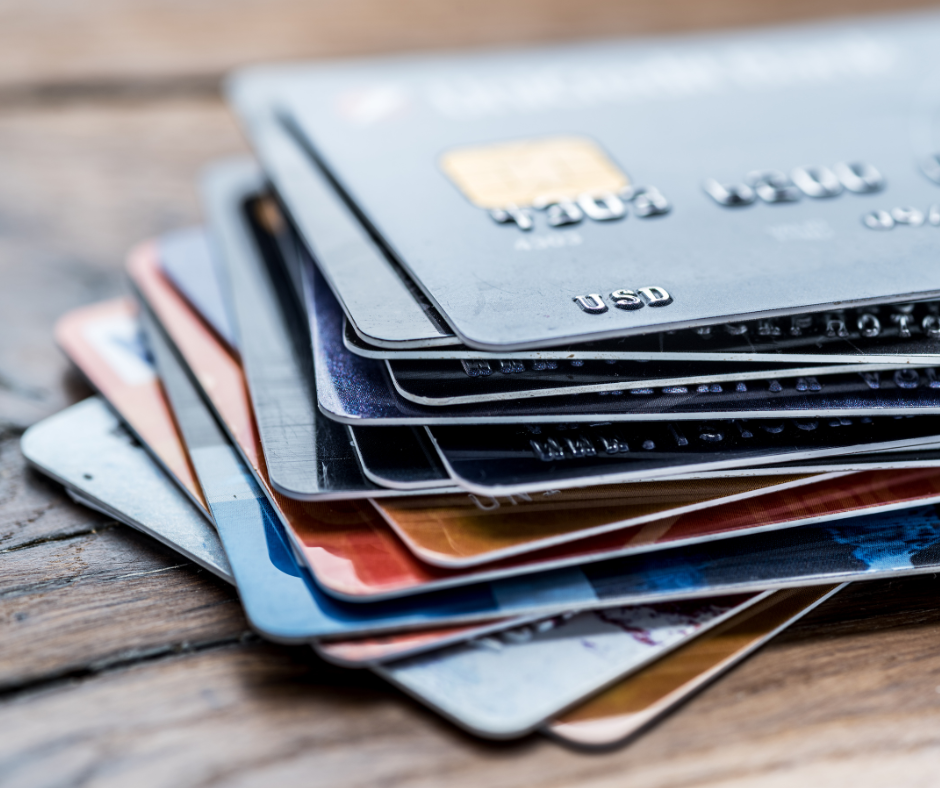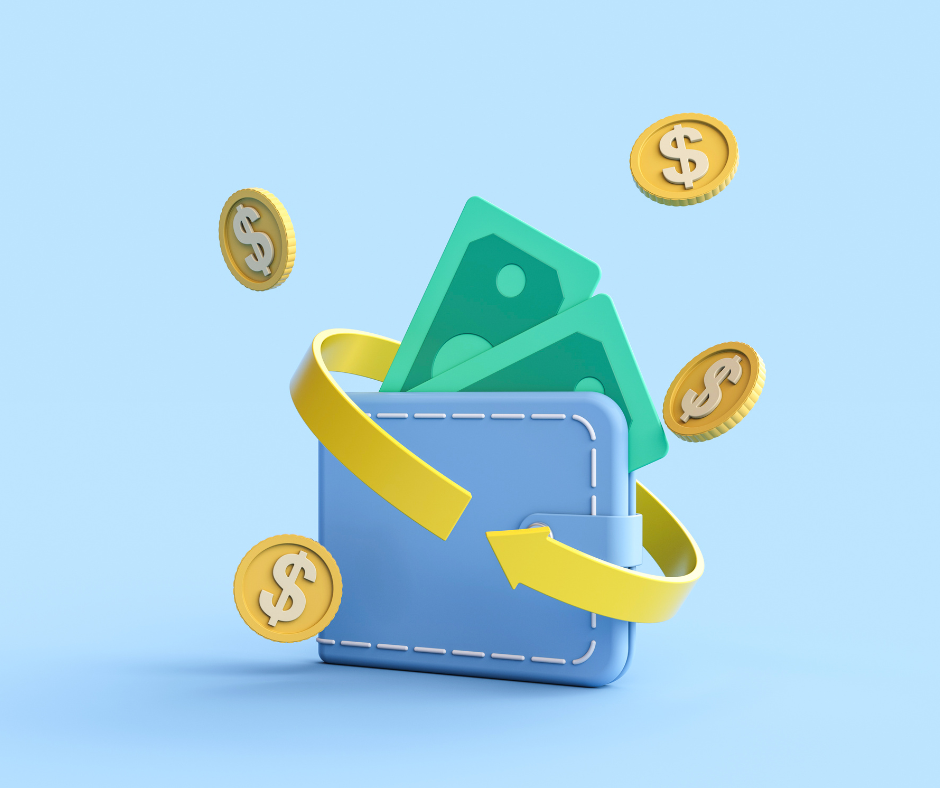Credit card mistakes that keep you in debt and how to avoid them
Learn how to manage payments, control balances, and use credit wisely to avoid common credit card mistakes that lead to debt.
Credit card mistakes can easily lead to overwhelming debt, high interest, and financial stress.

Using a credit card can be a convenient way to manage expenses, build credit history, and access short-term funds. But many people fall into the same traps without realizing how damaging these habits can be.
If you’ve ever felt like your credit card balance never seems to shrink, no matter how much you pay, you’re not alone.
5 credit card mistakes
Let’s break down the most common mistakes people make with credit cards and, more importantly, how to avoid them.
1. Making only minimum payments
One of the most common credit card mistakes is paying only the minimum amount due each month. While this keeps your account in good standing, it does almost nothing to reduce your debt. The majority of your payment often goes toward interest, not the principal balance.
How to avoid it: pay more than the minimum whenever possible. Even small extra payments can help reduce your balance faster and save you significant money on interest.
2. Ignoring the interest rate
It’s easy to swipe your card without considering how much that purchase actually costs with interest added. Many users overlook their annual percentage rate (APR), which can range from 15% to over 30%, depending on your credit profile.
How to avoid it: always check your credit card’s APR. Prioritize paying off balances on high-interest cards first. If possible, consider transferring the balance to a card with a lower interest rate or a 0% introductory APR. Just make sure you understand any fees involved.
3. Maxing out your credit limit
High credit utilization (using too much of your available credit) can damage your credit score and signal financial distress to lenders. It also leaves you with less room for emergencies.
How to avoid it: keep your credit utilization below 30% of your total limit. For example, if your limit is $3,000, try not to carry more than $900 as a balance.
4. Missing payment deadlines
Missing a payment by even one day can lead to late fees, penalty APRs, and a negative impact on your credit report. This is one of the costliest credit card mistakes people make.
How to avoid it: set up automatic payments or calendar reminders to ensure you never miss a due date.
5. Using credit for everyday expenses without a plan
It’s tempting to put groceries, gas, and dining on a credit card, especially when rewards are involved. But if you’re not paying it off in full each month, those small charges quickly grow into big problems.
How to avoid it: only use your credit card for purchases you can afford to pay off right away. If you’re relying on it to cover regular expenses, it’s time to review your budget.
Break free from these credit card mistakes
Falling into debt doesn’t happen overnight. It’s usually the result of small credit card mistakes that pile up over time. The good news is that understanding these pitfalls is the first step toward avoiding them.
By being mindful of how you use your card (staying on top of payments, watching your balance, and knowing your interest rates), you can use credit as a financial tool rather than a burden.
Want to take control of your finances? Start by correcting these habits today.






